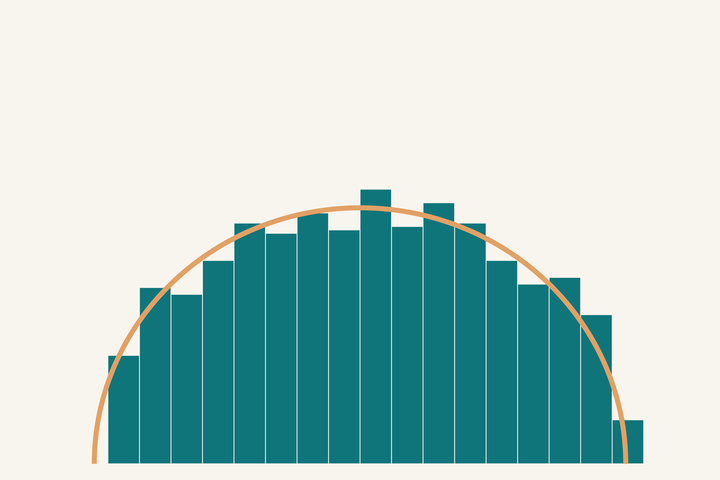Before the Continuum Limit
Quantifying fluctuations in particle models for collective behaviour

Abstract
At the macroscopic scale, many important models of collective motion fall into the class of kinematic flows for which both velocity and diffusion terms depend only on particle density. When the total numbers of individuals are fixed and finite, simulations of corresponding microscopic dynamics exhibit stochastic effects which can induce a variety of interesting behaviours not present in the large system limit. In this talk I will show how the fluctuations in a general class of particle models can be characterised and quantified. I will apply this to a variety of phenomena including: models for bacterial swarming; stochastic pattern formation for spatially coupled oscillators; and anomalous bulk sub-diffusion in porous media.
The preprint for this work can be found here: Density Fluctuations in Stochastic Kinematic Flows.
Key References
- H. P. McKean, Propagation of chaos for a class of non-linear parabolic equations (1967)
- D. S. Dean, Langevin equation for the density of a system of interacting Langevin processes (1996)
- V. Flovik et. al.Describing synchronization and topological excitations in arrays of magnetic spin torque oscillators through the Kuramoto model (2016)
- M. Breakspear, S. Heitmann, and A. Daffertshofer, Generative models of cortical oscillations: neurobiological implications of the Kuramoto model (2010)]
- Juan A. Acebrón, L. L. Bonilla, et. al, The Kuramoto model: A simple paradigm for synchronization phenomena (2005)
- P. A. Milewski and X. Yang, A simple model for biological aggregation with asymmetric sensing (2008)
- D. Helbing, Traffic and related self-driven many-particle systems (2001)